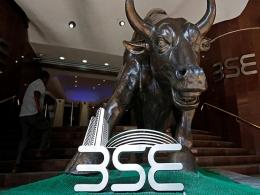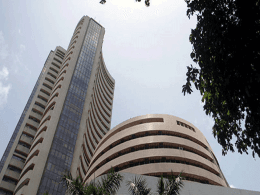India's retail inflation rate dropped in November, which should increase the chances of the new central bank governor keeping interest rates on hold at his first policy meeting, but falling food prices could hurt a ruling party facing a revolt over low farm incomes.
The inflation rate, which includes food and energy prices, fell to 2.33 percent on an annual basis, the smallest increase since June 2017 and remaining below the Reserve Bank of India's (RBI) medium-term target of 4 percent for a fourth straight month.
The October inflation rate was revised to 3.38 percent from 3.31 percent, and a Reuters poll showed analysts expected 2.8 percent in November, with projections ranging from 2.26 to 2.82 percent.
Falling oil prices in recent months have eased inflationary pressure on India, a major fuel importer. Since early October, Brent crude prices have dropped by nearly 30 percent to about $61 per barrel.
That has helped India's rupee which has strengthened by around 2 percent against the dollar over the same period after months of record lows.
India's central bank kept interest rates unchanged at a policy meeting on Dec. 5 to provide support for an economy that has lost some momentum, in a decision that was widely expected as inflation had eased significantly.
The November data came after Shaktikanta Das was appointed RBI governor following the unexpected resignation on Monday of Urjit Patel.
Most economists expect that the central bank's board, at the new governor's first policy meeting on Feb. 7, will keep the repo rate unchanged at 6.5 percent if low inflation persists.
"The sharp easing in the headline CPI inflation reflects a combination of favorable factors such as the correction in retail fuel prices (and) discomfiting factors such as a deeper disinflation in food prices," said Aditi Nayar, an economist at ICRA.
Both Nayar and Vivek Kumar, a senior economist at Yes Bank, said they expect the RBI will change their monetary policy stance to 'neutral' in February from 'calibrated tightening' currently, making a rate rise less likely.
Some economists have even flagged the possibility the RBI could ease monetary policy to support growth.
Political fallout
Food inflation fell to a negative 2.61 percent from a negative 0.86 percent in October, government data showed.
Slowing food prices are a boon for Indian consumers, but hurt the hundreds of millions of farmers that together form a politically-important voting bloc.
India's ruling party lost power in three key rural states on Tuesday, dealing Prime Minister Narendra Modi his biggest defeat since he took office in 2014 and boosting the opposition ahead of national polls next year.
As a result, Modi's government is likely to announce loan waivers to woo farmers hit by low food prices, government officials said.
November core inflation was up 5.7 percent year-on-year in November, versus 6.1 percent in October, according to analysts.
Separately, India's industrial output expanded at an annual 8.1 percent pace in November.







